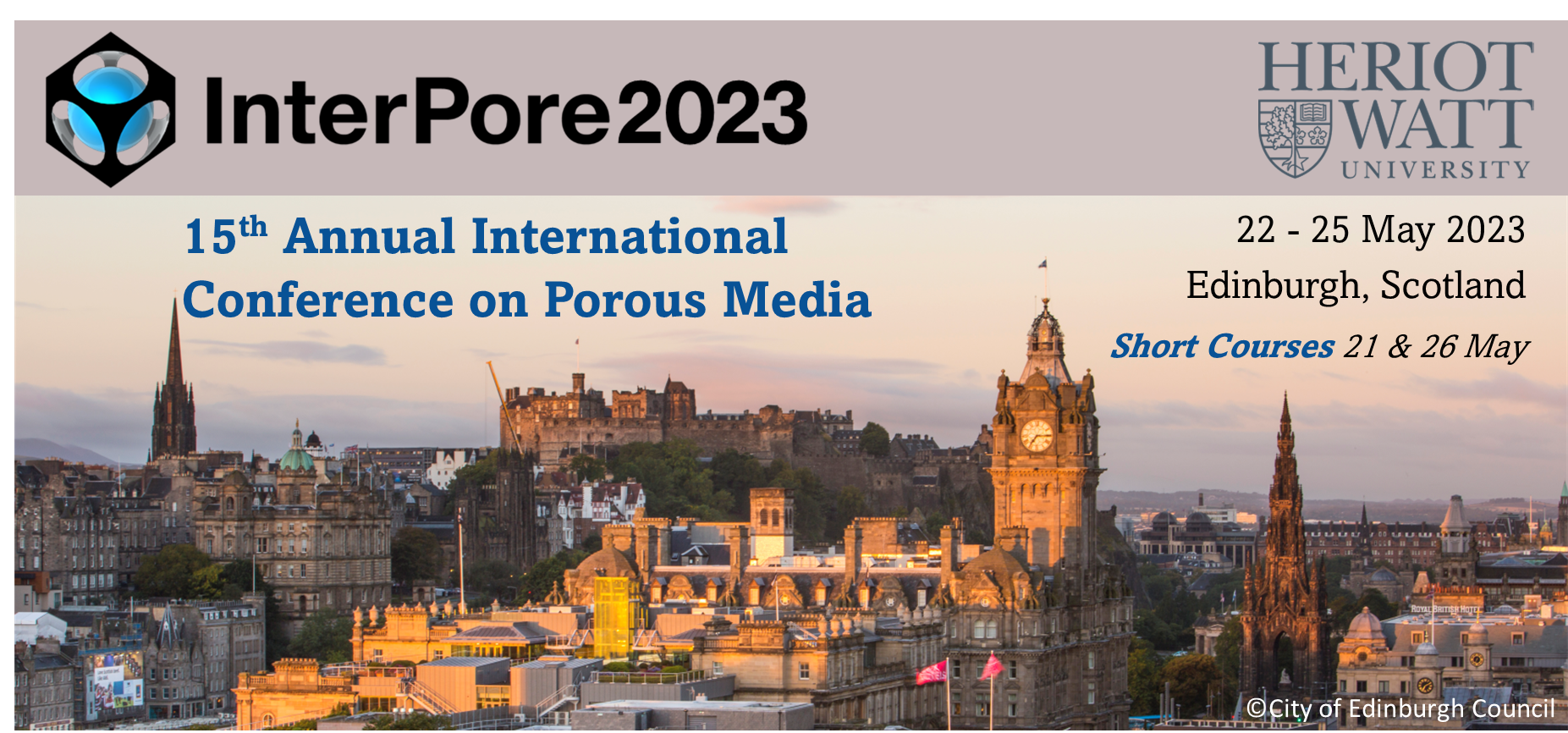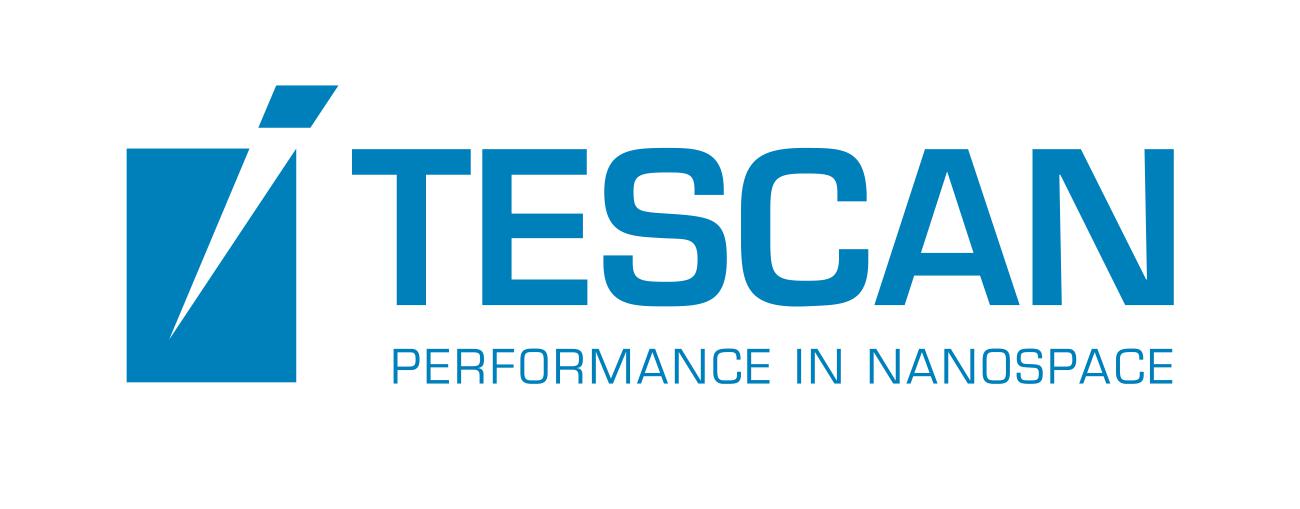Speaker
Description
Extended research is necessary in view of delivering safe, sustainable and publicly acceptable solutions for the management of radioactive waste across Europe now and in the future. In light of this, a full understanding of the migration behavior of corrosion gases in clay rock environment is of fundamental importance for the reliability of scenarios predicting the long-term safety of geological repositories. The Callovo-Oxfordian clayrock, studied in France as a potential hostrock, presents the complex aspect of having a pore size distribution predominantly mesoscopic (nm), transition scale where different processes occur and interplay. Due to the low permeability of clayrock, the produced gas is expected to accumulate as a distinct gas phase which may attaint important pressure. The pressurized gas phase may desaturate the surrounding clayrock by displacement of pore water along gas flow paths, but also by the diffusion of water vapor throughout the gas phase.
In order to better understand the impact of key transport processes occurring in gas migration in clay material, pore-scale direct numerical simulations taking into account the capillary-dominated two-phase flow, the evaporation and condensation at liquid - gas interfaces, the diffusion of water vapor in the gas phase as well as the specific feature of nanoporous materials (Kelvin effect) are proposed. The work has been carried out using the Smoothed Particle Hydrodynamics (SPH) method, a Lagrangian and meshless method which has emerged as an efficient and reliable tool for simulating complex fluid flows, like those found in porous media at the mesoscopic scale. A novel drying algorithm with Kelvin effect, which drives the local thermodynamic equilibrium between the fluid phase and the gas phase at nanoscale, has been implemented in a two-phase flow and non-deformable solid phase SPH code, initially developed at IRSN.
Different flow conditions will be first investigated for a 2D isolated pore, with and without capillary effect and/or Kelvin effect, and validated against analytical solutions. To highlight key drying behaviors occurring within pores as a function of pore geometry and throat size, we set up a series of standardized simulations over representative geometries of pore doublet. Dynamic capillary effects on pore refilling will be also discussed. Then evaporation-diffusion-condensation model will be used for simulation of drying of 2D heterogeneous pore networks. The impact of the Kelvin effect and of some dynamic capillary effects on the desaturation of the porous material will be investigated. This development should indeed serve as frameworks for upscaling. We will discuss more particularly, and compare to similar studies, the impact of drying and kelvin effect on gas drainage patterns.
| Participation | In-Person |
|---|---|
| Country | France |
| Energy Transition Focused Abstracts | This abstract is related to Energy Transition |
| MDPI Energies Student Poster Award | Yes, I would like to submit this presentation into the student poster award. |
| Acceptance of the Terms & Conditions | Click here to agree |







